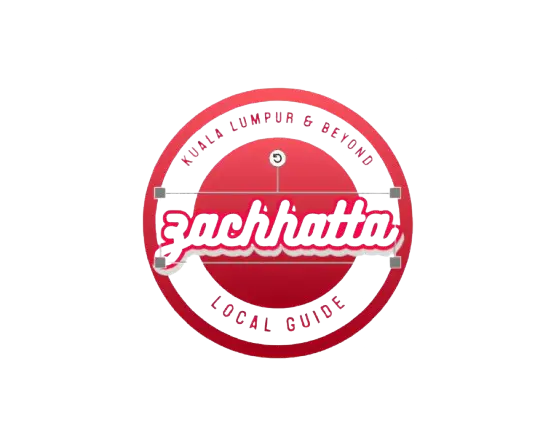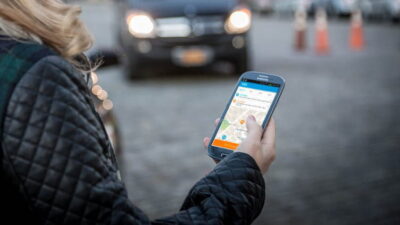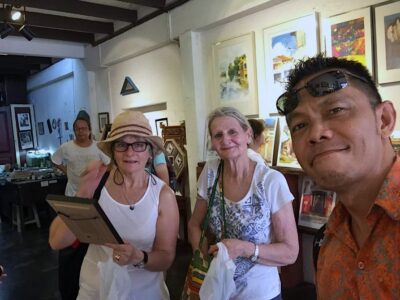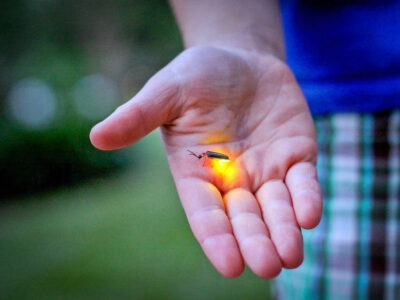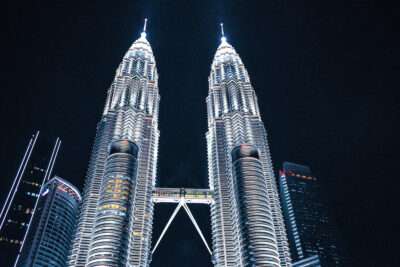Top 10 Attractions in Kedah: Uncover Malaysia’s Hidden Gem
Overview
Nestled in the northwestern corner of Peninsular Malaysia, Kedah is often referred to as the “Rice Bowl of Malaysia” due to its vast paddy fields that stretch as far as the eye can see. This charming state combines cultural richness, historical significance, and natural beauty, making it a unique destination for travelers.
Kedah is home to the breathtaking Langkawi Archipelago, a UNESCO Global Geopark known for its pristine beaches, dense mangroves, and awe-inspiring geological formations. Beyond Langkawi, the state boasts historical treasures like the Bujang Valley, one of Southeast Asia’s oldest archaeological sites, and the iconic Zahir Mosque in Alor Setar.
From its towering Mount Jerai offering panoramic views to bustling local markets like Pekan Rabu, Kedah provides a seamless blend of heritage, adventure, and hospitality. Whether you’re a history enthusiast, a nature lover, or a foodie, Kedah promises an authentic Malaysian experience.
With its rich history, diverse attractions, and warm local culture, Kedah is more than just a gateway to Langkawi—it’s a destination worth exploring in its own right.
Brief History
Kedah is one of Malaysia’s oldest states, with a history that stretches back over 2,000 years. Its strategic location along ancient maritime trade routes made it a vital hub for early traders from India, China, and the Middle East. These interactions shaped Kedah’s culture, religion, and economy, leaving behind a rich historical tapestry.
The most notable evidence of Kedah’s early history lies in the Bujang Valley, an archaeological treasure trove that dates back to the 4th century CE. This ancient site contains remnants of temples (known as ‘candi’), ceramics, and trade artifacts that testify to Kedah’s role as a center for Hindu-Buddhist culture and commerce.
Amongst the latest archeological findings were the ‘Iron Smelting Industry’ which dated as early 788 B.C. Initiated by Professor Mokhtar Saidin, the team has discovered ancient port centre and trade activities. The discovery of building ruins such as ancient jetties, administrative building walls and unique local ritual sites remnants using brick-building foundations show evidence that the local community at that time was highly skilled in infrastructure and building architecture. The early civilization of Sungai Batu was known as a place for smelting iron and wrought iron was used as merchandise. The iron smelting industry is also supported by a network of ports for export purposes within and outside the peninsula. The discovery of iron smelting furnaces and tuyere suggest that Sungai Batu became a focal point of the global iron trade. Around the excavation area there is also a dumping of iron ore and tuyere. The forged iron was exported to the Western and Eastern worlds via ancient waterways using merchant ships.
Latest found was artefacts older than Angkor Wat, a Khmer temple in Cambodia, and Borobodur, a Buddhist monument in Indonesia, two world renown sites, have been found in Bukit Choras-A life-size statue of Buddha in a seated meditative position.
By the 7th century, Kedah had become part of the Srivijaya Empire, serving as a critical point in its extensive trade network. Over time, the region embraced Islam, particularly during the 12th and 13th centuries, following contact with Arab traders. This transformation marked the foundation of the Kedah Sultanate, which continues to this day, making it one of the oldest continuing monarchies in the world.
During the colonial era, Kedah was influenced by the Portuguese, Dutch, and later the British, who incorporated it into the British Malayan territories. Despite external influences, Kedah has retained its cultural identity and historical heritage, which remains deeply intertwined with its agriculture, particularly its famed rice cultivation.
Today, Kedah’s history is celebrated through its well-preserved landmarks like the Zahir Mosque, Royal Museum, and the artifacts of the Bujang Valley, offering visitors a glimpse into its storied past.
Top 10 attractions in Melaka
- Langkawi Archipelago
A collection of 99 islands, Langkawi is a jewel of Kedah, boasting pristine beaches, lush rainforests, and iconic attractions like the Sky Bridge and Langkawi Cable Car. It’s a paradise for beach lovers and adventure seekers alike.
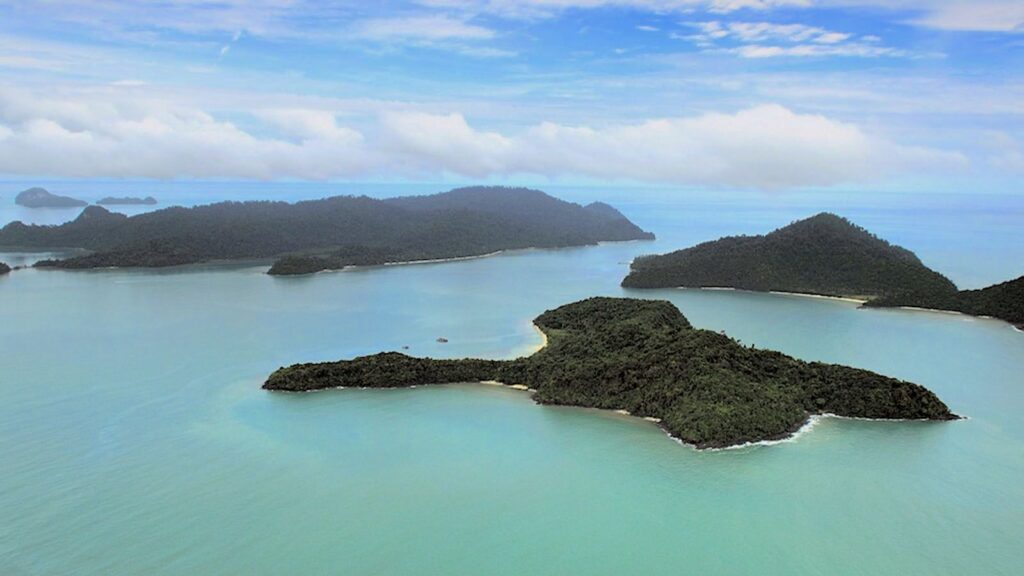
- Mount Jerai
This towering peak offers stunning views of Kedah’s vast paddy fields and the surrounding coastline. Perfect for hiking and nature walks, Mount Jerai is also steeped in myths and local legends. - Bujang Valley Archaeological Museum
Located near Merbok, this museum houses ancient artifacts and ruins from one of Southeast Asia’s earliest civilizations, making it a must-visit for history buffs and archaeology enthusiasts.
- Zahir Mosque
One of the oldest and most beautiful mosques in Malaysia, this architectural masterpiece in Alor Setar is a symbol of Islamic heritage and a key landmark in Kedah. - Kilim Karst Geoforest Park
A UNESCO Global Geopark in Langkawi, this park features stunning mangroves, unique limestone formations, and rich biodiversity. Guided boat tours allow you to explore its ecological wonders. - Pekan Rabu Complex
A vibrant shopping destination in Alor Setar, Pekan Rabu is a treasure trove of traditional crafts, local snacks, and cultural artifacts, perfect for souvenir shopping. - Alor Setar Tower
Standing tall at 165.5 meters, this telecommunications tower doubles as a scenic viewpoint, offering breathtaking panoramas of Alor Setar and beyond. - Gunung Keriang
This limestone hill near Alor Setar is popular for its caves, hiking trails, and stunning views. It’s also a hotspot for those interested in crystals and minerals. - Pulau Payar Marine Park
A diver’s haven located off Langkawi, this marine park offers crystal-clear waters teeming with vibrant coral reefs and marine life, ideal for snorkeling and scuba diving. - Taman Jubli Emas (Golden Jubilee Park)
A relaxing green space in Alor Setar, this park is perfect for leisurely strolls, picnics, and recreational activities, providing a peaceful retreat within the city.
Getting around Kedah
Kedah offers a variety of transportation options for travelers to explore its attractions, from bustling cities to serene rural landscapes. Whether you’re heading to Langkawi’s pristine beaches or the historical sites of Alor Setar, navigating Kedah is relatively straightforward with some planning.
Transportation
- Local Buses
Local buses are an economical way to travel within towns and between major cities in Kedah, such as Alor Setar and Sungai Petani. While they are budget-friendly, schedules may not always be consistent, and routes are limited to more populated areas.
Tip: Use buses for short-distance travel within towns to save costs. - Taxis and Ride-Sharing Services
Taxis are widely available in cities like Alor Setar, but they may not use meters, so it’s advisable to agree on a fare beforehand. Ride-sharing services like Grab are a more convenient and transparent option for city travel or short distances. - Car Rentals
Renting a car is highly recommended for exploring Kedah’s rural areas and hidden gems at your own pace. Major car rental agencies can be found at Langkawi International Airport and Alor Setar.
Tip:Ensure you have GPS or a navigation app as road signs might be in Malay, especially in rural regions. - Ferries (for Langkawi)
Ferries are the primary mode of transport to reach Langkawi from the mainland. Regular services operate from Kuala Kedah and Kuala Perlis, with journeys taking approximately 1–1.5 hours.
Tip: Book ferry tickets in advance during peak travel seasons to avoid long waits.
Insider Tips for Navigating Small Towns and Rural Areas
- Prepare for Limited Public Transport
Public transport options like buses and taxis are sparse in rural Kedah. Renting a car or motorbike is a more reliable option for visiting remote attractions like Mount Jerai or Gunung Keriang.
- Download Offline Maps
Mobile coverage may be weak in rural areas, so having offline maps downloaded is essential for smooth navigation.
- Engage with Locals
Kedahans are known for their friendliness and hospitality. Don’t hesitate to ask locals for directions or recommendations; they often have invaluable insights.
- Fuel Up in Towns
Gas stations are scarce in rural areas, so ensure your vehicle has enough fuel before venturing out.
Popular Dining Spots
- Laksa Kedah: A Culinary Icon
Imagine a bowl of steaming Laksa Kedah arriving at your table. Its tangy fish-based broth is infused with tamarind and local spices, poured over silky rice noodles, and topped with cucumber, herbs, and hard-boiled eggs. With every bite, you taste the balance of sweet, sour, and spicy—a flavor unique to Kedah. Locals will tell you, no trip to Kedah is complete without sampling this iconic dish at a roadside stall or family-run eatery. - Restoran Yasmeen, Alor Setar
Step into Restoran Yasmeen in Alor Setar, and you’re greeted by the aroma of freshly made roti canai and fragrant nasi kandar. This beloved restaurant is a go-to spot for authentic Malaysian flavors. Regulars rave about their tender chicken curry and rich beef rendang, perfect for those craving a hearty meal. Its welcoming ambiance and quick service make it a favorite for both locals and tourists. - Ikan Bakar Stalls Along the Coastline
Picture this: you’re seated by the coastline, a gentle sea breeze brushing your face as freshly grilled fish (ikan bakar) is served on banana leaves. These stalls offer a variety of seafood, from squid to prawns, marinated with spices and char-grilled to perfection. Kedah’s coastal areas, like Kuala Kedah, are dotted with these gems, and they’re best visited in the evening when the stalls come alive with locals savoring the day’s freshest catch. - Pekan Rabu Hawker Stalls
Venture into Pekan Rabu, Kedah’s vibrant market in Alor Setar, where the smell of freshly fried snacks and bubbling pots of curry fills the air. Hawker stalls here serve an array of local delights, from kuih-muih (traditional Malay sweets) to crispy pisang goreng (fried bananas). Don’t miss the ais kacang (shaved ice dessert) on a hot afternoon—it’s a sweet, cooling treat loved by all. - Street Food Options and Best Times to Visit
Kedah’s street food scene shines at night, particularly in bustling areas like Alor Setar and Sungai Petani. Night markets (*pasar malam*) are a treasure trove of dishes like char kuey teow, apam balik (crispy pancake), and satay. These markets typically start around 6 PM, and the best food sells out fast, so arriving early is key
Kedah stands as a remarkable tapestry of Malaysia’s past, present, and future. Its fertile lands and ancient history are a testament to its enduring legacy as a cradle of civilization in Southeast Asia. Today, it balances tradition and progress with grace, from the timeless allure of its paddy fields and cultural heritage to the modern innovations in its industrial and tourism sectors. As the gateway to Langkawi’s pristine beauty and the custodian of historical treasures like the Bujang Valley, Kedah embodies a unique blend of natural splendor, cultural richness, and economic potential. Truly, Kedah is not just the “Rice Bowl of Malaysia” but also a beacon of resilience, growth, and timeless charm.
